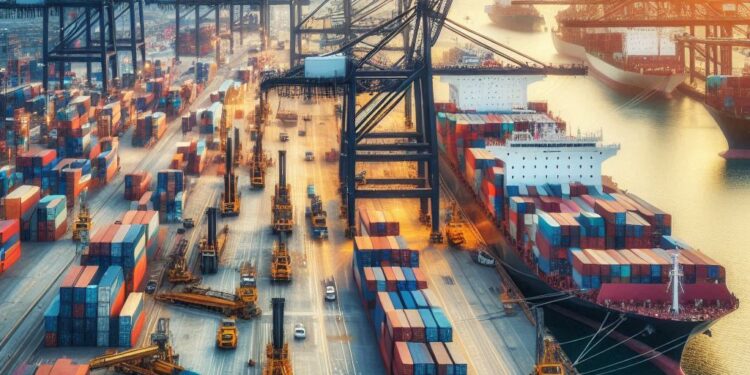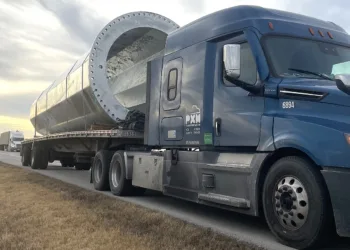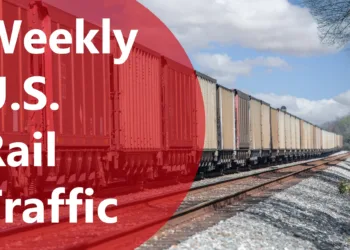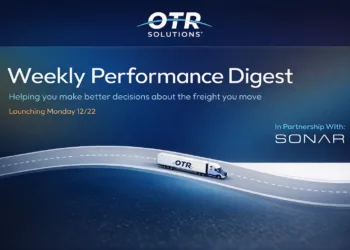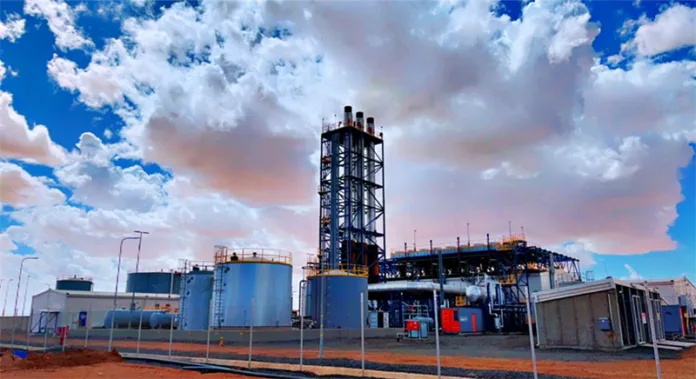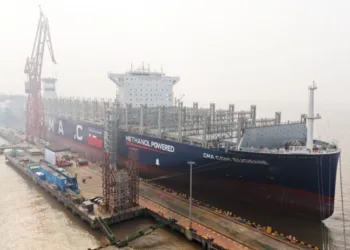As interest rates start to fall, 2025 could be set to be a great year for importers and SMEs. Lower borrowing costs mean more opportunities for businesses to expand and invest in their supply chains. However, to truly capitalize on this favorable economic climate, importers must pay close attention to the hidden costs that come with importing goods. One of the most significant expenses is currency conversion, but there are also savings to be made in trade finance, logistics, and customs duties. In this guide, we’ll explore how you can reduce the cost of importing in 2025 and maximize your profit margins.
- Manage Currency Conversion Costs Effectively
Currency conversion is an essential part of importing, but many businesses overlook the true cost involved. If you’re still using your corporate bank for foreign exchange, you could be paying as much as 3% in hidden margins on top of transaction fees. This might not seem like much on individual transactions, but over a year, it can add up to significant losses, especially for SMEs that operate on tight margins.
Alternative Solutions:
- Specialist Currency Providers: Consider switching to fintech platforms or currency specialists like Rutland FX, which offer much more competitive exchange rates and lower margins than traditional banks. These services are designed to be transparent, often giving you real-time data on exchange rates, so you know exactly what you’re paying.
- Hedging Strategies: Use hedging options offered by fintech solutions to protect yourself against currency fluctuations such as foreign exchange forward contracts. Locking in a rate for future transactions can help you budget more accurately and avoid surprises in your import costs.
- Leverage Trade Finance Alternatives
Importing goods often requires significant upfront capital, and many SMEs turn to corporate banks for trade finance solutions like letters of credit or working capital loans. However, these options are often expensive and come with lengthy processing times.
Alternative Solutions:
- Fintech Trade Finance Providers: Fintech companies such as kriya offer more flexible, faster, and cost-effective trade finance solutions tailored to SMEs. These providers can help you secure working capital, finance purchase orders, or manage invoice payments, all with more competitive rates and terms than traditional banks.
- Supply Chain Finance: Supply chain finance allows you to pay your suppliers promptly while extending your payment terms. This can help you negotiate better deals with suppliers and improve your cash flow.
- Optimize Logistics and Shipping Costs
Shipping costs can be a significant expense for importers, and many SMEs simply accept the rates offered by their logistics providers without exploring alternatives. However, there are often opportunities to save money by optimizing your shipping strategy.
Strategies for Savings:
- Freight Forwarding Services: Partner with freight forwarders who can negotiate better rates with carriers and streamline your shipping process. They can help you find the most efficient routes, handle customs documentation, and even consolidate shipments to reduce costs.
- Digital Freight Platforms: Use online platforms like Flexport to compare shipping rates, manage documentation, and track your shipments in real-time. These platforms often provide access to discounted rates and allow you to make more informed shipping decisions.
- Reduce Customs Duties and Tariffs
Customs duties and tariffs can add a significant cost to importing goods. However, many businesses end up paying more than necessary due to incorrect classification or a lack of knowledge about trade agreements.
Strategies for Reducing Costs:
- Classify Goods Correctly: Take the time to understand the Harmonized System (HS) codes for your products and ensure that you classify them correctly. Incorrect classification can result in paying higher duties or facing delays in customs clearance.
- Leverage Free Trade Agreements (FTAs): Stay informed about free trade agreements between your country and your suppliers’ countries. FTAs can reduce or eliminate tariffs on certain products, providing you with significant savings. Working with a customs broker can help you navigate these complexities.
- Embrace Technology for Greater Efficiency
Many importers still rely on manual processes and outdated systems, which can lead to inefficiencies, delays, and added costs. By embracing technology, you can streamline your importing operations, reduce errors, and ultimately save money.
Technology Solutions:
- Supply Chain Management Software: Invest in supply chain management software that offers real-time tracking, automated documentation, and predictive analytics. This will help you optimize your supply chain, identify potential bottlenecks, and avoid unnecessary expenses.
- Digital Payment Platforms: Use digital payment platforms that allow you to pay suppliers quickly and in their local currency, often at better rates than traditional banks. This can help you avoid delays and missed deadlines, which can incur additional fees.
- Build Strong Relationships with Suppliers
Building strong, long-term relationships with your suppliers can lead to cost savings over time. Suppliers who trust you as a reliable partner may offer you better payment terms, volume discounts, or even exclusive access to new products.
Tips for Building Strong Relationships:
- Negotiate Payment Terms: Don’t be afraid to negotiate for better payment terms, such as extended payment periods or discounts for early payments. Even a small percentage discount can add up to significant savings over the course of a year.
- Consistent Communication: Keep open lines of communication with your suppliers. By being transparent about your needs and any challenges you’re facing, you’re more likely to find mutually beneficial solutions that can reduce your costs.
Conclusion: Making the Most of 2025’s Opportunities
With interest rates falling, 2025 presents a unique opportunity for importers and SMEs to reduce costs and increase profitability. However, to truly take advantage of these favorable conditions, it’s essential to be proactive in managing the various expenses associated with importing.
By leveraging fintech solutions for currency conversion, trade finance, and payments, optimizing your logistics processes, using technology to streamline your supply chain, and building strong relationships with suppliers, you can significantly reduce your import costs and protect your bottom line.
The key is to stay informed, be open to new solutions, and continuously look for ways to improve efficiency. As the global trade landscape evolves, those who adapt quickly and embrace innovation will be the ones who thrive in 2025 and beyond.



